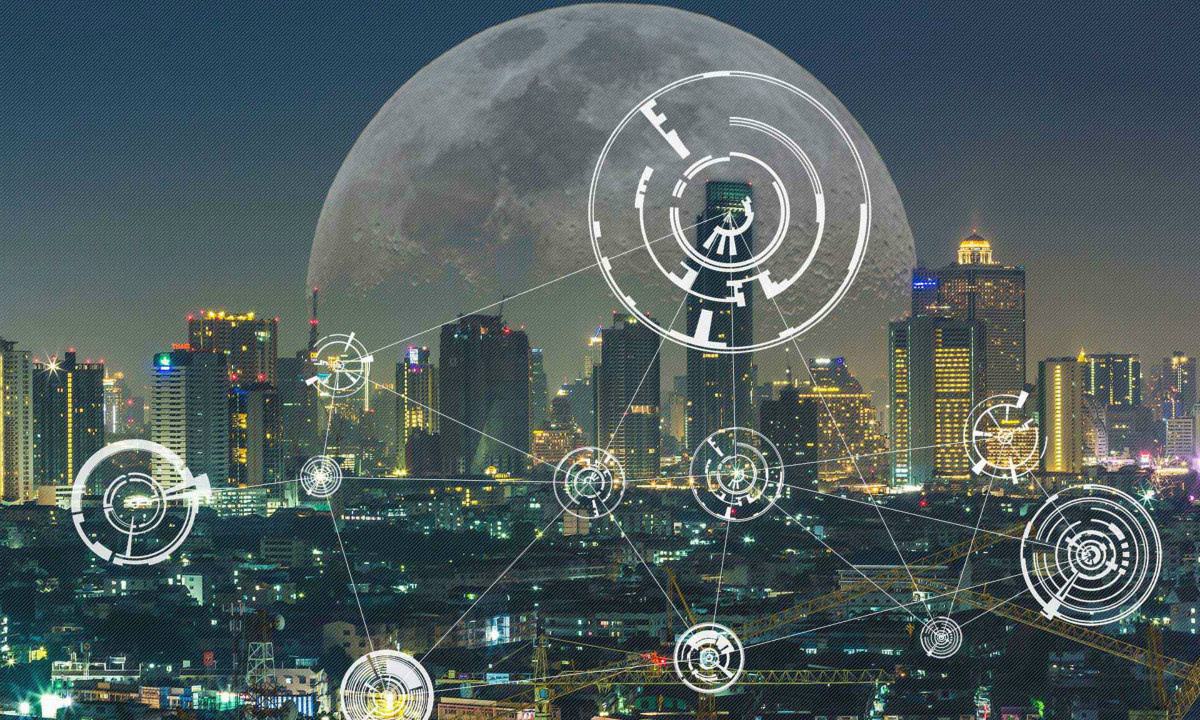At present, smart cities have become the future planning and design direction of many cities around the world, and are committed to improving the work and life of urban residents through the application of various new technologies.
But what kind of technology applications can promote the construction of smart cities? How to maximize the application efficiency of new technologies in smart cities? This is a question that all urban planners are thinking about.
From the application cases of smart city construction around the world in recent years, it can be found that various new technologies start from urban infrastructure and living facilities, covering smart parking, smart street lights, smart transportation, smart energy, smart medical care, smart buildings and smart environment, etc. Seven common areas gradually make smart cities a reality from all aspects.


1. Intelligent transportation improves traffic safety
Intelligent transportation systems include everything from self-driving cars to smart traffic signals. Through sensor analysis and communication between systems, intelligent transportation systems aim to alleviate congestion, improve traffic management, minimize environmental impact, and benefit business users and the public transport public.
2. Intelligent parking improves traffic efficiency
Traffic congestion is the number one problem facing modern cities, and as cars continue to search for parking spaces on city streets, they increase emissions of carbon dioxide and other exhaust gases, affecting urban air quality.
Smart parking technology is expected to change this situation. This technology uses GPS data from smartphones and sensors embedded on the ground of parking spaces to provide real-time parking maps and parking space information to nearby car owners, making the parking process more efficient and environmentally friendly.
3. Smart street lights make cities safer
Street lights are an important infrastructure in a city. Through IoT technology, street lights can become an important part of smart cities. Through street light sensors, real-time information on urban streets can be collected and analyzed to provide managers with real-time data on urban operations, making urban management safer and more efficient.
Smart street lights can improve the safety of city streets and save governments a lot of money on electricity bills. Use energy-saving LED bulbs to replace old street lamps and connect them wirelessly. When passersby approach, the motion sensor of the bulb will be activated to provide lighting for passers-by. When passers-by leave, they will automatically turn off. And when the light bulb needs to be replaced, a reminder is sent to the manager through the sensor.
4. Intelligent management of resident medical care
Through the Internet of Things, smart cities can realize the possibility of connecting everything. People, buildings, transportation, and the environment will be included in the entire data network, thereby improving urban services. At the same time, this connectivity can in turn help improve the health of residents.
5. Intelligent buildings promote environmental protection
According to Navigant Research, approximately 30% of global greenhouse gas emissions and 70% of energy consumption in major cities are attributed to buildings. Smart buildings will play a key role in solving the above problems and achieving smart city goals.
Sensors in smart buildings can detect whether someone is in a room so that the temperature and lighting can be automatically adjusted when the room is not in use, saving money and protecting the environment.
The data and analytics collected by smart buildings may change the way infrastructure is managed, thereby reducing energy consumption and helping to improve public health and safety.
6. Smart energy changes urban environment
According to analysis by the non-profit organization Smart Energy Consumer Collaborative, enhancing modern power grids through smart grids is an indispensable first step in realizing smart cities. The use of renewable energy sources, such as rooftop solar, can help achieve “sustainable change” and help improve the environment and protect public health.
Smart grids also allow for better integration of new technologies such as electric vehicles, which in turn creates a range of possibilities for urban areas. In the future, cities will achieve zero-emission transportation, and in emergencies, electric vehicles acting as power storage devices can provide emergency power for cities.
Smart grids also allow residents to access their energy data and enable utilities to offer new pricing plans that increase energy efficiency.
7. Smart cities require smart environments
As smart “green” buildings increase in cities, cities need to consider how new technologies can be used to improve the environment more broadly.
That means leveraging technology to maximize the efficient use of valuable resources and encouraging sound choices among all participants, including not just city-owned buildings but also businesses, universities, hospitals and nonprofits, as well as individuals. This could mean leveraging sensor technology, behavioral economics and gamification to not only transform physical infrastructure but also improve proactive resource decisions.